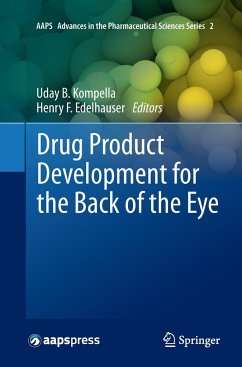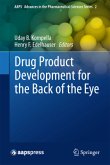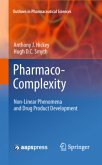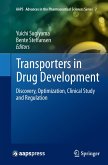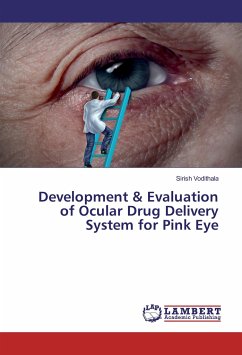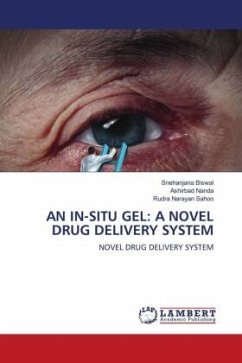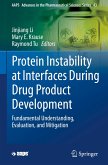This comprehensive volume discusses approaches for a systematic selection of delivery systems for various classes of therapeutic agents including small molecule, protein, and nucleic acid drugs.
Specific topics covered in this book include:
Solution, suspension, gel, nanoparticle, microparticle, and implant dosage formsRefillable and microneedle devicesIntravitreal, suprachoroidal, intrascleral, transscleral, systemic, and topical routes of deliveryPhysical methods including iontophoresis for drug deliveryRational selection of routes of administration and delivery systemsNoninvasive and continuous drug monitoring Regulatory path to drug product developmentClinical endpoints for drug product developmentEmerging and existing drugs and drug targets
Drug Product Development for the Back of the Eye is authored by renowned ocular drug delivery experts, representing academic, clinical, and industrial organizations and serves as indispensable resourcefor ophthalmic researchers, drug formulation scientists, drug delivery and drug disposition scientists, as well as clinicians involved in designing and developing novel therapeutics for the back of the eye diseases. This book is also relevant for students in various disciplines including ophthalmology, pharmaceutical sciences, drug delivery, and biomedical engineering.
Refillable and microneedle devicesIntravitreal, suprachoroidal, intrascleral, transscleral, systemic, and topical routes of deliveryPhysical methods including iontophoresis for drug deliveryRational selection of routesof administration and delivery systemsNoninvasive and continuous drug monitoring Regulatory path to drug product developmentClinical endpoints for drug product developmentEmerging and existing drugs and drug targets
Drug Product Development for the Back of the Eye is authored by renowned ocular drug delivery experts, representing academic, clinical, and industrial organizations and serndustrial organizations and serves as indispensable resource for ophthalmic researchers, drug formulation scientists, drug delivery and drug disposition scientists, as well as clinicians involved in designing and developing novel therapeutics for the back of theeye diseases. This book is also relevant for students in various disciplines including ophthalmology, pharmaceutical sciences, drug delivery, and biomedical engineering.
Specific topics covered in this book include:
Solution, suspension, gel, nanoparticle, microparticle, and implant dosage formsRefillable and microneedle devicesIntravitreal, suprachoroidal, intrascleral, transscleral, systemic, and topical routes of deliveryPhysical methods including iontophoresis for drug deliveryRational selection of routes of administration and delivery systemsNoninvasive and continuous drug monitoring Regulatory path to drug product developmentClinical endpoints for drug product developmentEmerging and existing drugs and drug targets
Drug Product Development for the Back of the Eye is authored by renowned ocular drug delivery experts, representing academic, clinical, and industrial organizations and serves as indispensable resourcefor ophthalmic researchers, drug formulation scientists, drug delivery and drug disposition scientists, as well as clinicians involved in designing and developing novel therapeutics for the back of the eye diseases. This book is also relevant for students in various disciplines including ophthalmology, pharmaceutical sciences, drug delivery, and biomedical engineering.
Refillable and microneedle devicesIntravitreal, suprachoroidal, intrascleral, transscleral, systemic, and topical routes of deliveryPhysical methods including iontophoresis for drug deliveryRational selection of routesof administration and delivery systemsNoninvasive and continuous drug monitoring Regulatory path to drug product developmentClinical endpoints for drug product developmentEmerging and existing drugs and drug targets
Drug Product Development for the Back of the Eye is authored by renowned ocular drug delivery experts, representing academic, clinical, and industrial organizations and serndustrial organizations and serves as indispensable resource for ophthalmic researchers, drug formulation scientists, drug delivery and drug disposition scientists, as well as clinicians involved in designing and developing novel therapeutics for the back of theeye diseases. This book is also relevant for students in various disciplines including ophthalmology, pharmaceutical sciences, drug delivery, and biomedical engineering.

